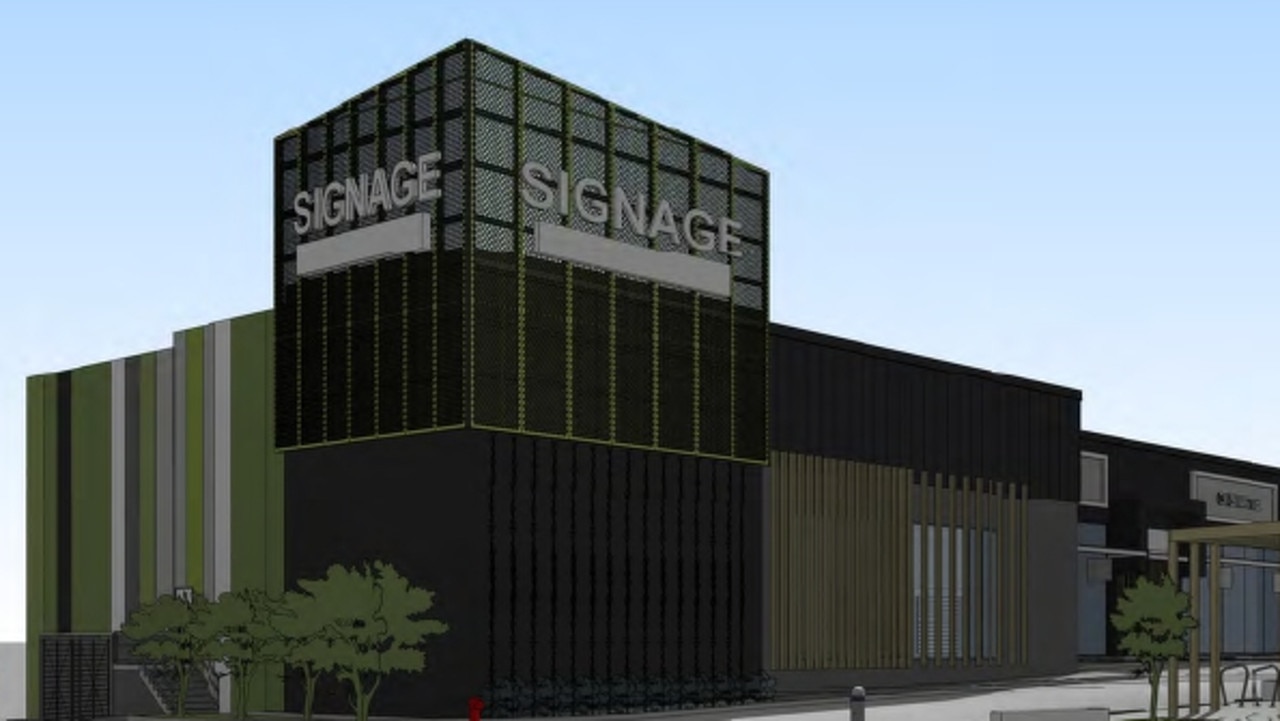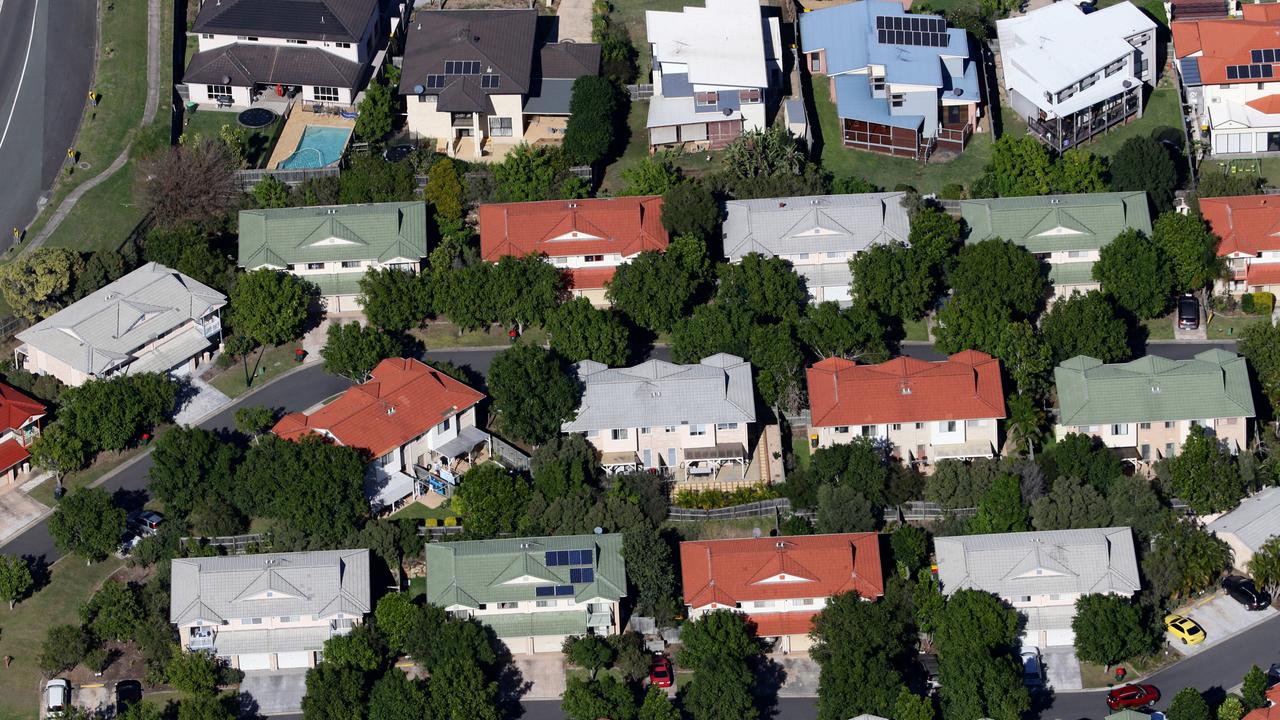Revealed: The suburbs where you are most at risk of overpaying
Buyers, beware — Brisbane’s top 20 real estate danger zones right now have been revealed. SEARCH SUBURBS AT RISK
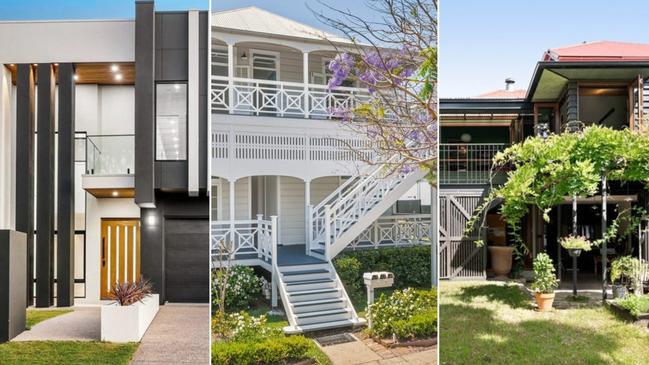
Property
Don't miss out on the headlines from Property. Followed categories will be added to My News.
Buyers, beware — the Brisbane suburbs where you are most at risk of overpaying for your next home have been revealed.
An exclusive analysis has uncovered the city’s top 20 real estate danger zones, where property values are poised to slump after a period of remarkable growth.
The SuburbData report ranked Robertson in the city’s south as the market most likely at its peak, with huge recent demand pushing the median house price to $1.9m in February — an increase of about $408,000 since last year.
SuburbData analyst Jeremy Sheppard said suburbs on the list were evaluated against more than a dozen metrics, including the available supply of homes for sale, auction clearance rates and online engagement, to determine a ratio of housing supply to demand.
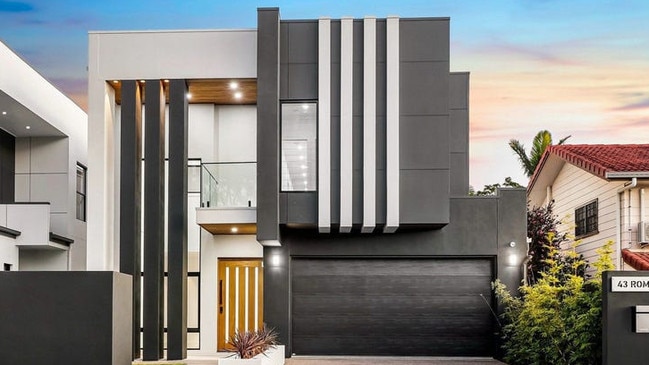
The highlighted suburbs represented a broad cross-section of Brisbane, with typical home values ranging from about $400,000 to more than $3m.
Buyers who purchased in these overheated markets at their peak were at risk of losing out on future capital gains, Mr Sheppard said.
Other Greater Brisbane house markets ripe for price correction were: Shorncliffe (typical value $1.8m), New Farm ($3.042m), Upper Caboolture ($789,000), Spring Hill ($1.783m), Bundamba ($594,000), Russell Island ($416,900), Chelmer ($219,000), Woody Point ($916,100), Seven Hills ($1.728m) and Victoria Point ($984,000).
Bellara on Bribie Island was the only unit market on the danger list.
Mr Sheppard said the data exposed areas with high recent price growth over a prolonged period, mixed with a recent transition to a climate of lower demand and higher supply.
“These are the markets that have run out of puff or they’re about to run out of puff,” he said.
“If you were a buyer in these locations, you shouldn’t expect any capital growth in the short-term. It will be a while until you see any equity growth.”
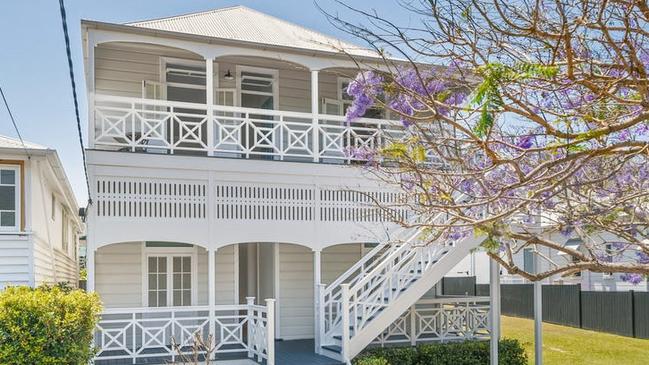
But buyers with their eye on these markets stand to bag a bargain by holding off purchasing for three to six months, as demand shifts to nearby suburbs which are yet to boom.
“When the market peaks after extreme growth, there’s a realisation that prices have gone too far. It reaches a point where it’s more than buyers are willing to pay, they seek out other suburbs, and prices start to fall,” Mr Sheppard said.
Lloyd Edge, of Aus Property Professionals, advised first-home buyers in particular to “think ahead” about potential equity before making an offer on a property.
“This equity can later serve as a springboard for future property investments, home improvements, or other significant financial ventures,” Mr Edge said.
Important considerations for would-be buyers navigating the housing market included understanding price trends, identifying the right locations, and effectively managing their personal finances to prepare for paying off a mortgage.
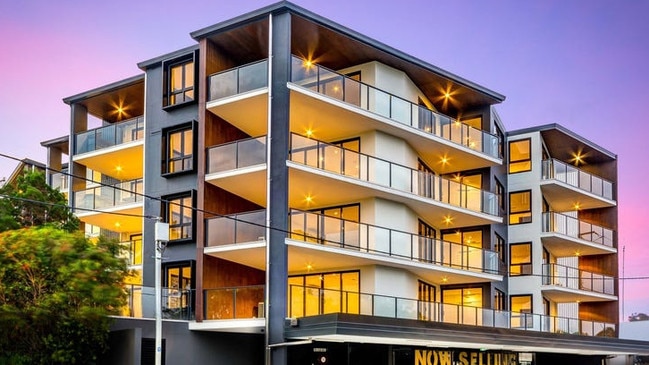
MORE NEWS
Listed: 9 Qld postcodes where buyers pay in cash
Billionaires battle for Australia’s richest home
‘Extreme': Where your suburb ranks on the rental pain scale
“It’s about making informed decisions and planning strategically. Even in a market as challenging as ours, there are opportunities for those who know where to look,” Mr Edge said.
Brisbane buyers agent Lauren Jones said families purchasing a property they planned to hold long-term were less affected by the short-term price falls in a slowing market.
“In a market where prices are rising rapidly, the reality is you often need to pay tomorrow’s prices today, because if you don’t someone else will,” Ms Jones said.
“If you are planning to buy and hold long-term, for instance if it is the family home, it doesn’t really matter what part of the cycle you’re buying into.
“I do, however, think there are really great opportunities to buy great quality homes at a discount when the market is cooling.”
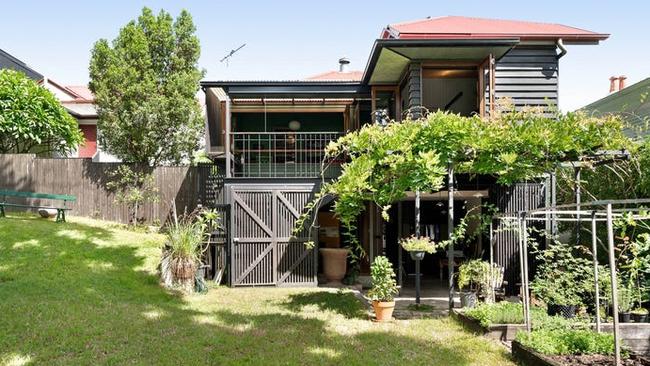
Ms Jones said many buyers lacked confidence purchasing in a falling market when sentiment was low.
“People can tend to doubt themselves if they are not competing against five other people for the home.”
Mr Sheppard said the ranked suburbs were spread across Brisbane, although a number of peaking markets were concentrated in the southwest, near Ipswich.
He said the rapid growth in these areas over a short time may have discouraged new buyers from purchasing there, as they could get better value for money in other markets where recent growth wasn’t as strong.
“It’s common for markets that were once more appealing, because they were more affordable, to peak as that affordability diminishes.
“Buyers in those suburbs start to seek cheaper alternatives. They go for the bridesmaid suburbs. And it’s probable that this would be happening in some parts if Brisbane.”
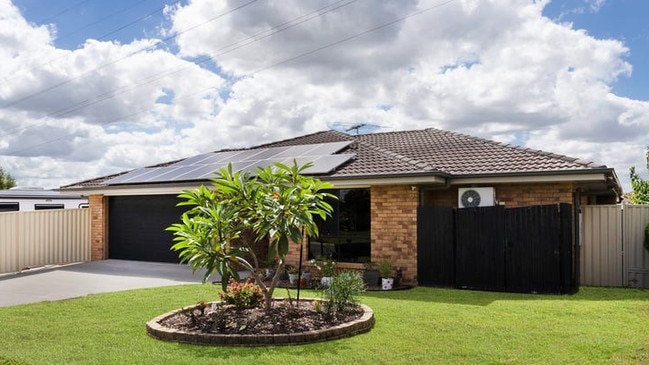
Originally published as Revealed: The suburbs where you are most at risk of overpaying

